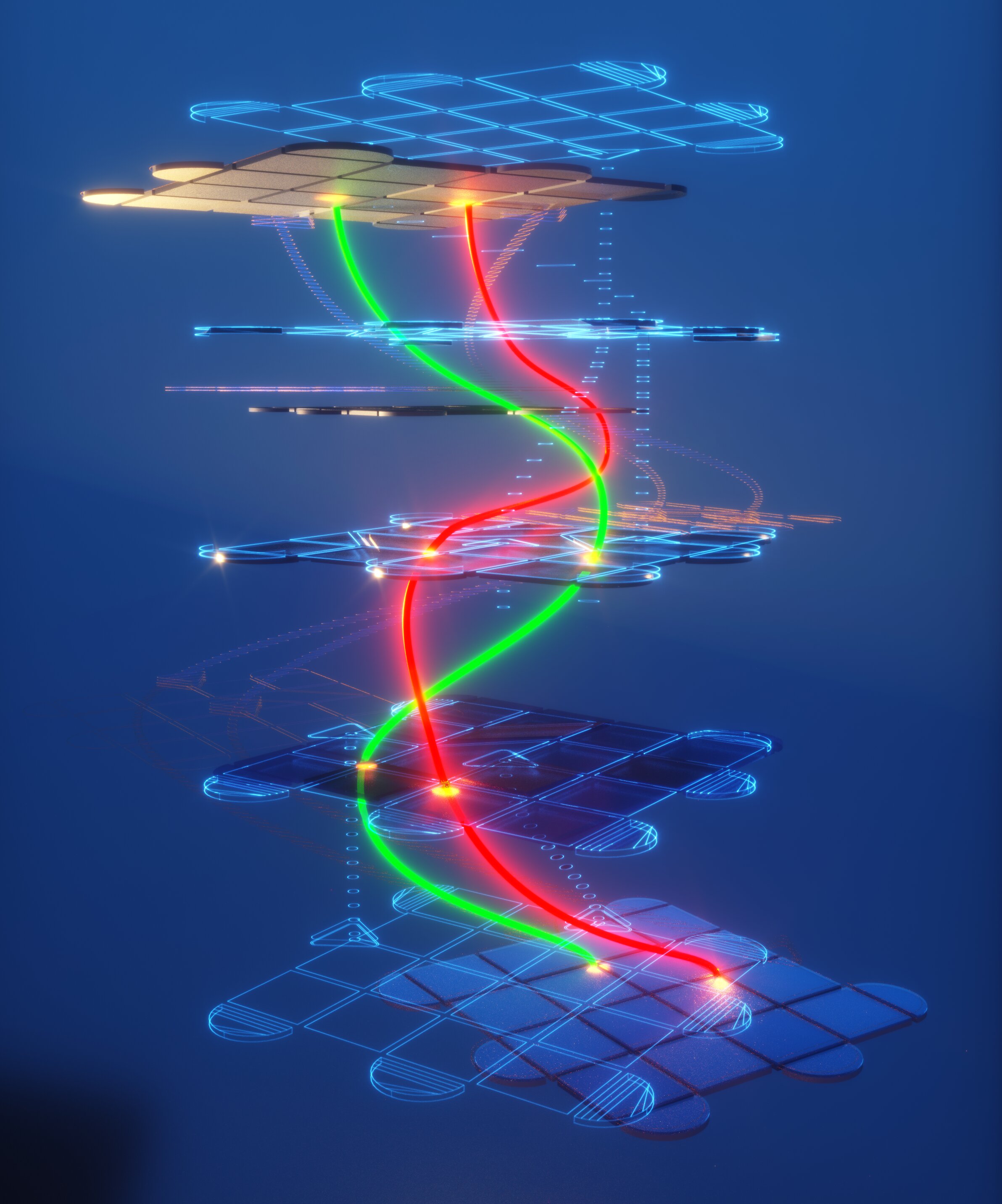It has been assumed that it should be impossible to detect if two identical objects have been swapped back and forth, but non-Abelian anyons have been predicted to break this rule. They have been studied for decades and are of great interest for their potential to revolutionize quantum computing by making operations more resilient to noise. Observing non-Abelian anyons and their strange behavior has been difficult until now. In a recent study, Google Quantum AI researchers used superconducting quantum processors to observe non-Abelian anyons and demonstrated how the phenomenon could be used for quantum computations. Non-Abelian anyons retain a kind of memory, unlike other particles, that can be thought of as a continuous line in space-time. By braiding non-Abelian anyons around each other like strings in a braid, scientists can achieve topological quantum computation.
In the Google Quantum AI experiment, the researchers prepared superconducting qubits in a checkerboard pattern. To realize non-Abelian anyons, they transformed this pattern into oddly shaped polygons. Moving the non-Abelian anyons around and deforming the lattice could alter their locations. Observations of the anyons yielded strange results with particles disappearing, reappearing, and shifting from one type to another as they collided and wound around each other. The hallmark of non-Abelian anyons was also observed when two particles were swapped, which caused a measurable quantum state change. Braiding multiple non-Abelian anyons allowed the creation of the Greenberger-Horne-Zeilinger state, a known quantum entangled state. The physics of non-Abelian particles is expected to play a significant role in fault-tolerant topological quantum computing.
Microsoft has also chosen non-Abelian particles for their quantum computing endeavors but is attempting to engineer material systems that host these anyons. With this successful experiment using superconducting processors, the Google Quantum AI team has shown that these particles’ peculiar behavior can also be observed. Applications of non-Abelian anyons in quantum computing are still being researched.
More information:
Google Quantum et al, Non-Abelian braiding of graph vertices in a superconducting processor, Nature (2023).
DOI: 10.1038/s41586-023-05954-4
Provided by
Google Quantum AI
Citation:
Google Quantum AI braids non-Abelian anyons for the first time (2023, May 11)
retrieved 11 May 2023
from https://phys.org/news/2023-05-google-quantum-ai-braids-non-abelian.html
This document is subject to copyright. Apart from any fair dealing for the purpose of private study or research, n part may be reproduced without written permission. The content is provided for information purposes only.
Denial of responsibility! TechCodex is an automatic aggregator of the all world’s media. In each content, the hyperlink to the primary source is specified. All trademarks belong to their rightful owners, and all materials to their authors. For any complaint, please reach us at – [email protected]. We will take necessory action within 24 hours.

Jessica Irvine is a tech enthusiast specializing in gadgets. From smart home devices to cutting-edge electronics, Jessica explores the world of consumer tech, offering readers comprehensive reviews, hands-on experiences, and expert insights into the coolest and most innovative gadgets on the market.


